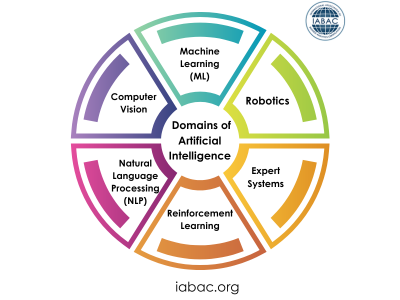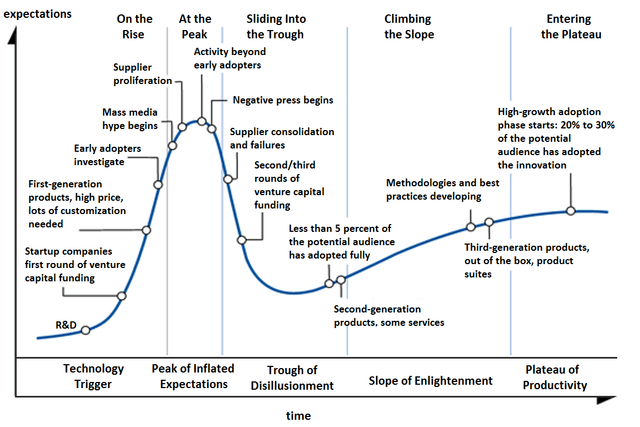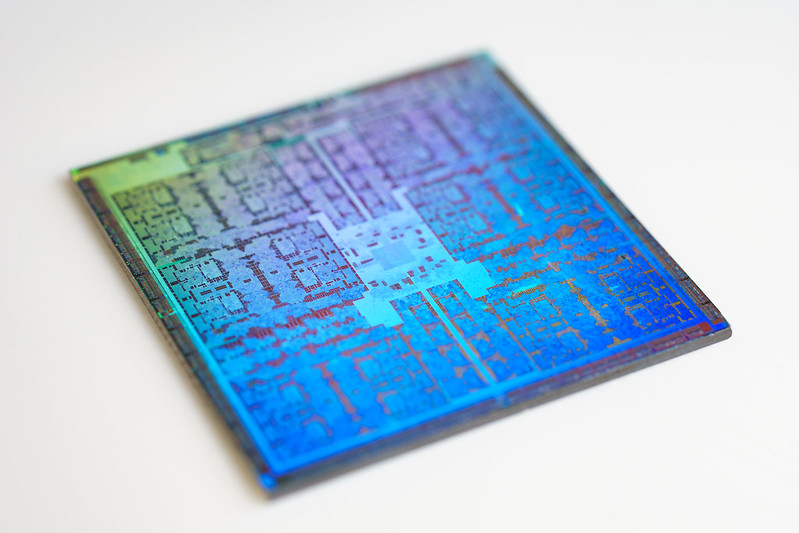1. What is artificial intelligence?
The term Artificial Intelligence (AI) was coined in 1956, to describe “the science and engineering of making intelligent machines”. That is, machines and programs that can recognise patterns, analyse data, solve problems, complete tasks, and learn.
Over the last decade, AI technologies have been incorporated into a wide range of consumer and enterprise products and services. The rapid development of Generative Artificial Intelligence (GenAI) — technology capable of generating text, images, video, audio and code — is transforming how we interact with technology at home and work.
Increasingly, technology companies are beginning to discuss the emergence of Artificial General Intelligence (AGI), where AI tools match or outperform human beings across a broad range of tasks.
“I mean, AI is developing at a crazy fast rate. So, I can’t really say in what way it’s going to change [in the future], but it will definitely be nearly unrecognisable from how it is right now.” (Sam, economics and finance student. Source)
Domains of AI
Artificial intelligence has several underlying domains or fields that are helpful to understand. You may have heard some of these terms before.

Real world applications
You might be using AI technologies already embedded in consumer-facing products and platforms. Your mobile phone may have a virtual assistant (Siri, Gemini, Google Assistant, Alexa) that relies on natural language processing to convert your words into prompts the machine can understand and respond to. Your photo app may use machine learning to improve image recognition, allowing you to search your photo Library for pictures of dogs. It can be used for actions such as shopping, translating text and searching. Your translation app may use a neural network to figure out what word should come next.
Large Language Models and Generative AI
Since OpenAI launched ChatGPT in 2022, generative AI has emerged as one of the most visible and widely used AI technologies. Generative AI use Large Language Model (LLM), models trained on vast amounts of data using deep learning and neural networks. Users can prompt LLMs, typically via a chat interface and increasingly by voice, to generate sophisticated responses, including the generation of text, images, video, audio and code.
These chatbots are widely capable and can be applied to a range of tasks. They can:
- engage in conversation
- generate text, images, video, audio and code
- translate text
- summarise content
- identify patterns
- answer questions.
Many of the biggest technology companies have developed LLMs, including Google, Anthropic, XAI, and Meta.
Agentic AI
Increasingly, AI companies are developing agentic AI, technology capable of autonomously executing tasks and completing processes without human instruction. These tools are adaptive and can learn from feedback and adjust accordingly.
Many of the large AI companies, including Google, Anthropic and OpenAI, have agentic AI tools that can do things like using web browsers to shop online or buy groceries with minimal human input.
The Gartner hype cycle
Artificial intelligence has gone through a number of cycles of investment and hype throughout its development, and we are currently in a period of AI boom.

Previous periods of inflated expectations have been followed by periods of disillusionment as the early promise failed to materialise. While it is not possible to predict the future course of the development of any technology, there are signs we may be entering the “trough of disillusionment” in Gartner’s hype cycle, and assuming a more cautious appreciation of AI and generative AI.
![]() Read Generative AI hype is ending – and now the technology might actually become useful (The Conversation, October 2024).
Read Generative AI hype is ending – and now the technology might actually become useful (The Conversation, October 2024).
Hardware and chips
AI technology relies on state-of-the-art chips, that are faster and more efficient. Graphics Processing Units (GPU), in particular, have become integral to the rollout of AI technologies for their “number-crunching prowess” (What is a GPU? An expert explains the chips powering the AI boom, and why they’re worth trillions).

Chip makers are now amongst the most valuable publicly traded companies. For instance, the NVIDIA Corporation’s market cap has increased significantly alongside the expansion of GenAI tools, rising 353% from approximately $735 billion (Dec 2021) to 3.3 trillion (Dec 2024) over the 3-year period. Personal devices like mobile phones are increasingly including not only standard AI technologies but also generative AI. Many flagship phones are building products with more advanced hardware, making “on-device” functionality a reality for the first time.

